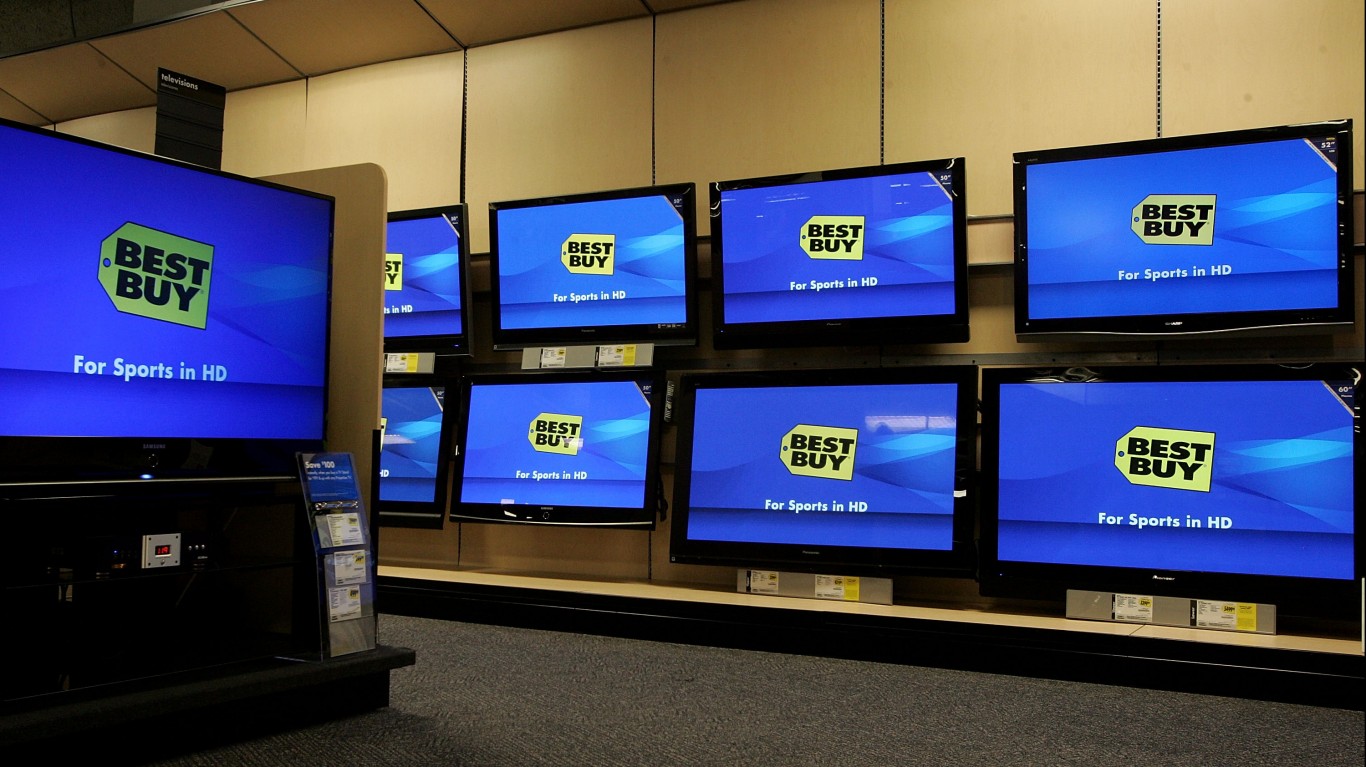
Wracked by falling sales and losses, doubtlessly caused by the ongoing dominance of online book sales, particularly by Amazon.com, Barnes & Noble Inc. (NYSE: BKS) reported another quarter that shows it is in a flat spin. Its share price dropped more than 8% on the news to $5.90.
As a measure of what Wall Street believes eventually will happen to Barnes & Noble, its shares are down 38% in the past five years, while the S&P 500 is 129% higher. Barnes & Noble shares were as low as $4.65 in early 2018, but the recent bounce was not justified.
Revenue for the quarter that ended April 28 was $786 million, down from $821 million in the same quarter the year before. The company had a net loss of $21 million, compared to a loss of $13 million in the year-ago period. Barnes & Noble showed a cash balance of less than $11 million. The company has long-term debt of $158 million. Its market is only $450 million, a fraction of annual revenue.
Demos Parneros, the chief executive officer of Barnes & Noble, made a statement that is barely plausible:
In fiscal 2018 we developed a long-term strategic turnaround plan, which we continue to execute. Our plan, which includes sales improvements and cost reductions, is expected to yield immediate improvement in fiscal 2019, resulting in EBITDA of $175 million to $200 million, and further benefits in the following years. We also strengthened our leadership team in key areas of the business. They will be instrumental in overseeing the turnaround.
The company’s outlook did not mention revenue at all.
Barnes & Noble still has 630 stores, which given the revenue attrition is probably too many. It also claims it has “one of the Web’s premier e-commerce sites, BN.com (www.bn.com).” That statement is not true.
It has been 17 years since nationwide bookseller Borders went under. Barnes & Noble has a plan for sales improvement, but that improvement is unlikely.
Are You Still Paying With a Debit Card?
The average American spends $17,274 on debit cards a year, and it’s a HUGE mistake. First, debit cards don’t have the same fraud protections as credit cards. Once your money is gone, it’s gone. But more importantly you can actually get something back from this spending every time you swipe.
Issuers are handing out wild bonuses right now. With some you can earn up to 5% back on every purchase. That’s like getting a 5% discount on everything you buy!
Our top pick is kind of hard to imagine. Not only does it pay up to 5% back, it also includes a $200 cash back reward in the first six months, a 0% intro APR, and…. $0 annual fee. It’s quite literally free money for any one that uses a card regularly. Click here to learn more!
Flywheel Publishing has partnered with CardRatings to provide coverage of credit card products. Flywheel Publishing and CardRatings may receive a commission from card issuers.
Thank you for reading! Have some feedback for us?
Contact the 24/7 Wall St. editorial team.



